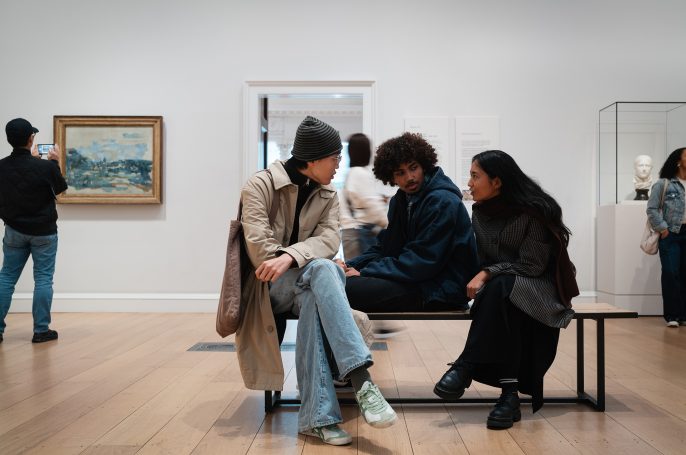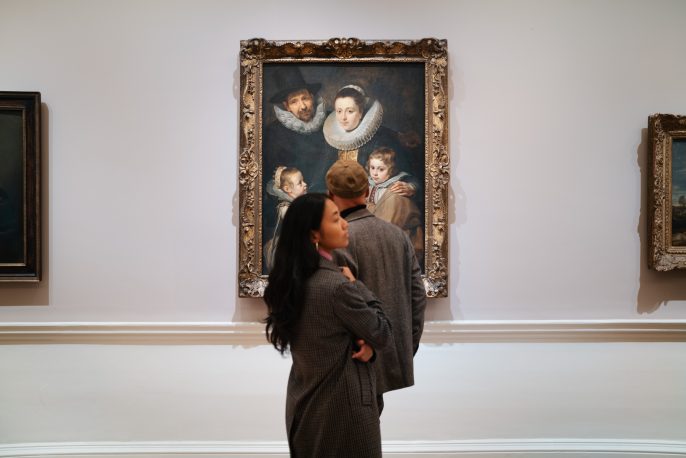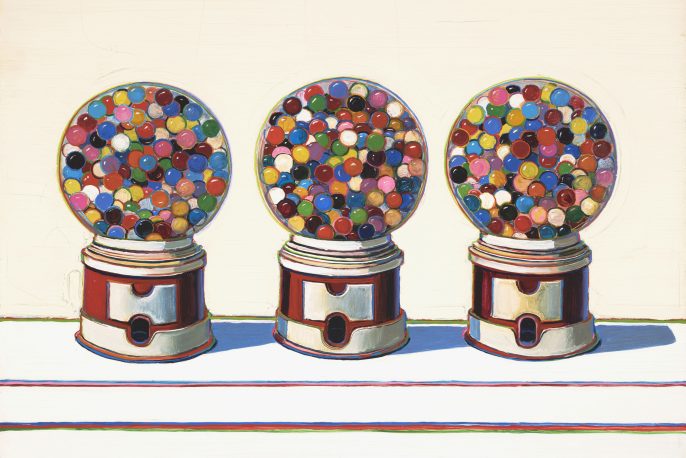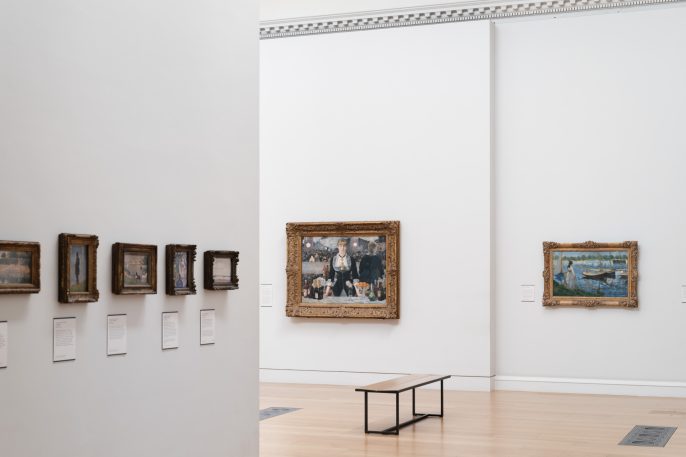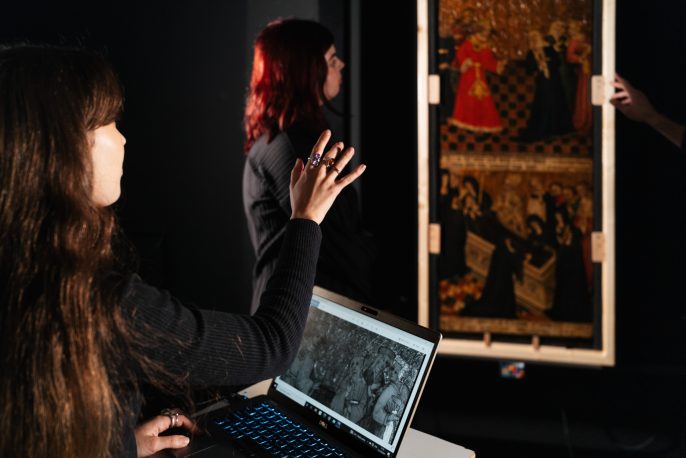Those who apply empirical and neuroscientific approaches in art history often take our engagement with visual to be a cultural universal – something that is the same across cultures and historical periods. After all, neuroscience and perceptual psychology studies culturally universal features of our mind and perceptual system. And this assumption is clearly something most art historians find difficult to swallow. And rightly so. Bence Nanay argues that the application of empirical and neuroscientific approaches in art history does not have to be universalist – in fact we have very good – empirical – reasons to think it shouldn’t be. Perception, as a number of empirical findings show, is cognitively penetrable. The way we perceive depends on our beliefs and expectations. But then we should not expect uniformity in our engagement with visual works of art across cultures and historical periods. And this dependence is (often) mediated by mental imagery – a surprisingly underrated concept within art history.
BENCE NANAY is Professor of Philosophy and BOF Research Professor at the University of Antwerp, where he is also co-director of the Centre for Philosophical Psychology and Senior Research Associate at Peterhouse, Cambridge University. He is the author of Between Perception and Action (OUP, 2013) and Aesthetics as Philosophy of Perception (OUP, 2016) and the editor of Perceiving the World (OUP, 2010) and of Current Controversies in Philosophy of Perception (Routledge, forthcoming). He has published more than 90 articles on various topics mainly in philosophy of mind and in aesthetics. He used to work as a film critic and served on the jury of various major international film festivals.
